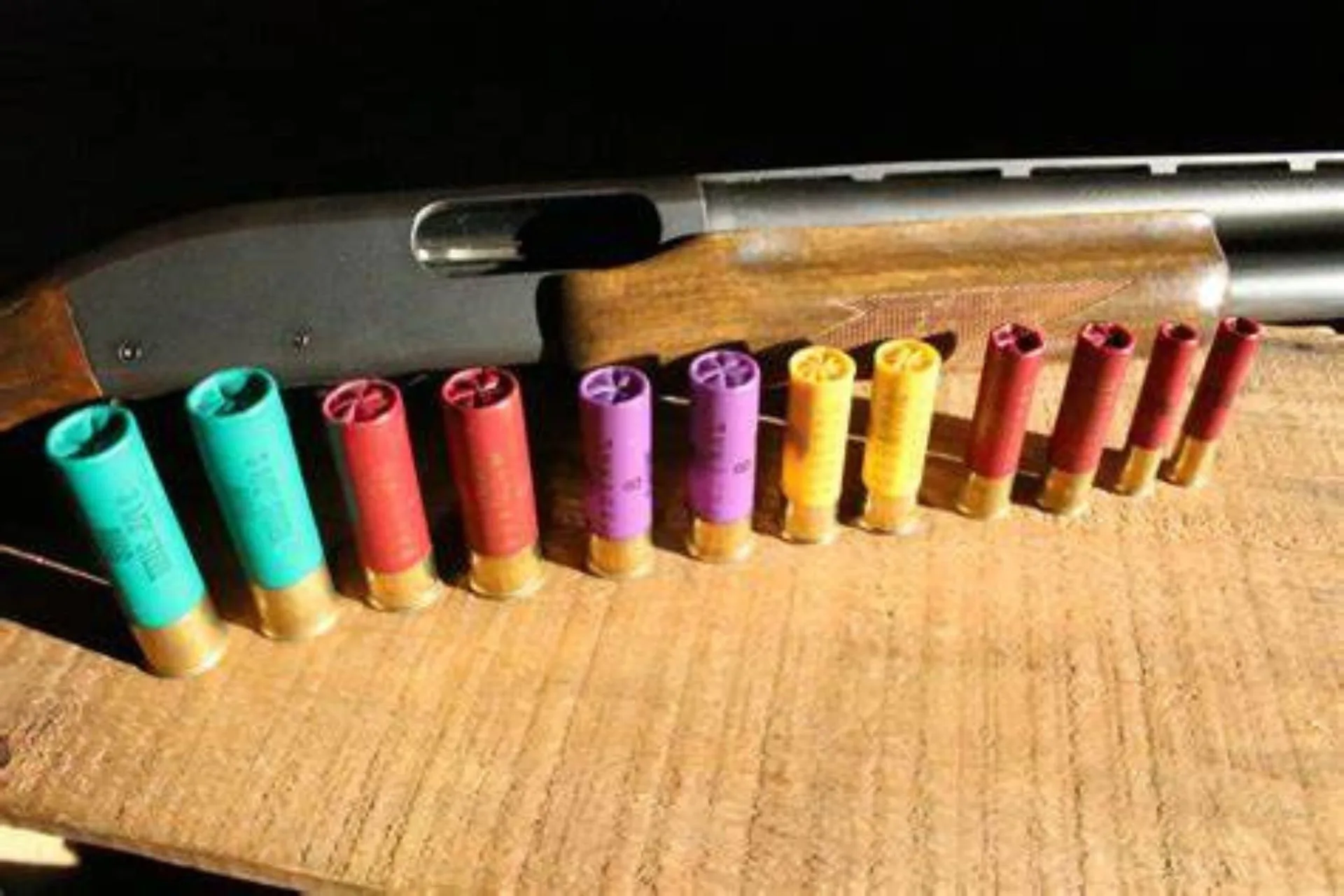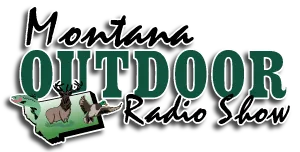Shotguns use pellets to hit a target. These guns are to be pointed, not aimed at a target. The shot forms a pattern that the target or bird will fly into.
Shotgun shell patterns are oval and form a shot string. Shotgun load speeds will vary depending upon the weight, density, and type of material used to make the shot pellets. To hit a target, you must sweep the pattern across the flight path.
Shot ranges in several sizes. Buckshot is among the largest shot while shot pellets to size # 9 are most common. The shot comes in lead or steel. The steel shot is often needed for waterfowl hunting. Since steel is magnetic, a warden can quickly find legal shot using a magnet.
Most upland hunters shoot rabbits and upland birds. Turkeys are much larger and require a bigger sized shot. Check where you hunt for legal sized pellets and ammo restrictions.
Here are my suggested shot pattern sizes,
#4 this size works well for turkeys. If the shotshell has a buffered load, the pattern will stay tighter and travel further.
#5-6 This is commonly used for pheasants and prairie chickens. The larger #5 shot can be used as a backup shell for any longer-range shots.
#71/2 I use this size shot for sporting clays and doves. This size creates a large and dense pattern.
#8-#9 This load works well for doves and pass shooting but lacks the longer-range capability.
Shot size is just one part of a shotshell. You can also increase accuracy and range shot shape, changing other parts of the shot load. The powder charge, shot cup, material used for shot pellets, length of the shotshell, Gauge, and chokes in the shotgun will alter performance. Shotguns are also used for big game using a single slug or a saboted rifle bullet.
One of the great things about hunting and fishing is that there is never just one thing to learn. Being a student of the sport will improve your accuracy and success. Nothing is better than trigger time!
PULL!
Montana Grant




